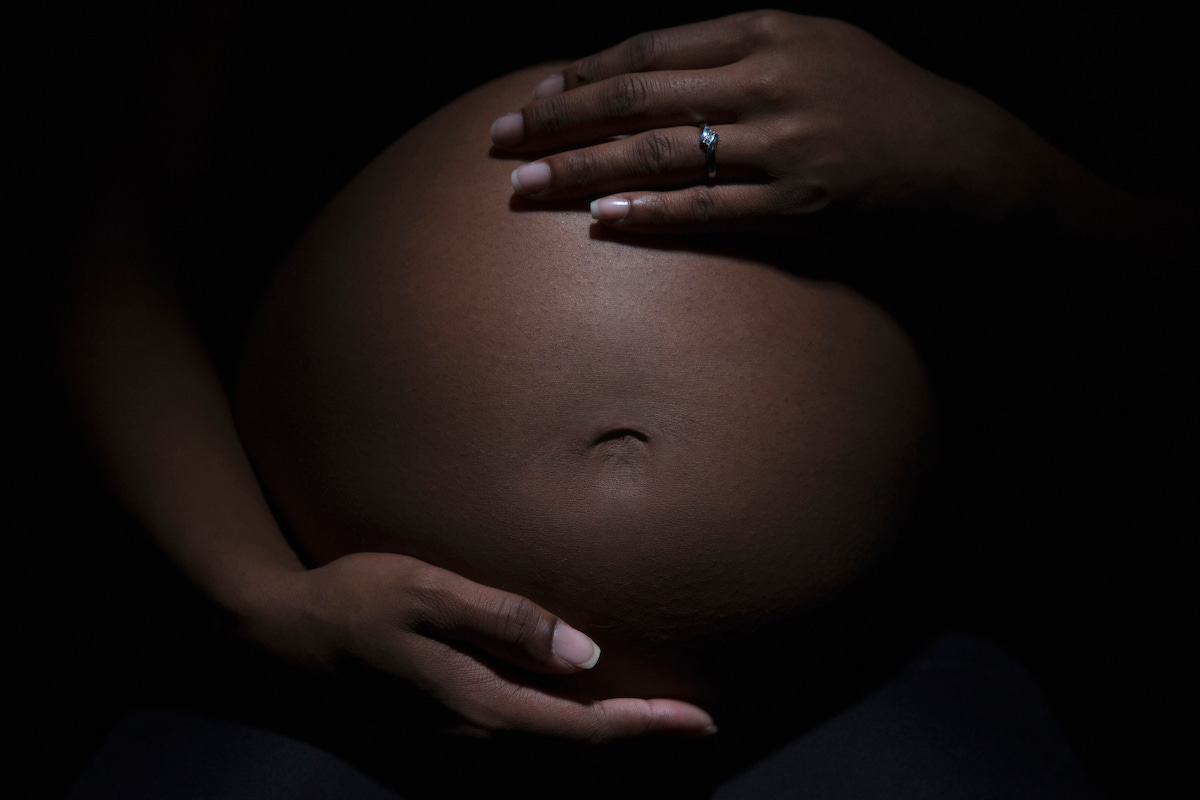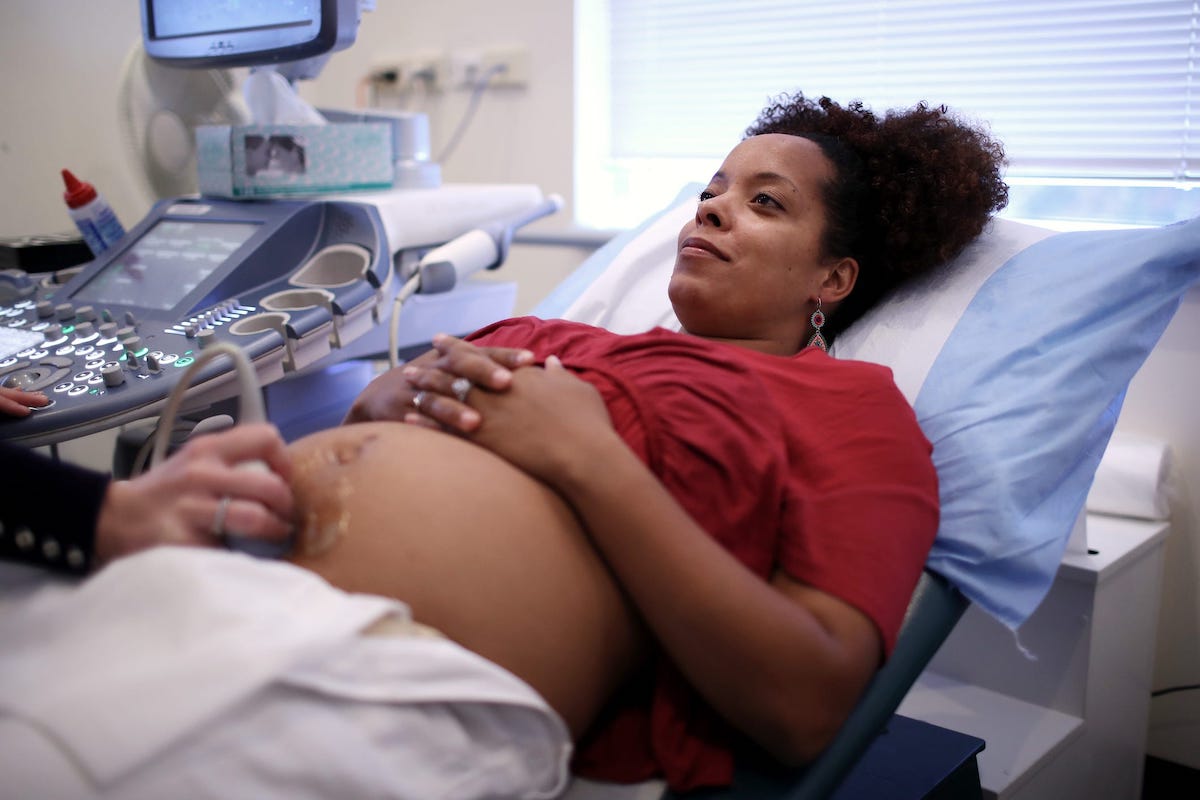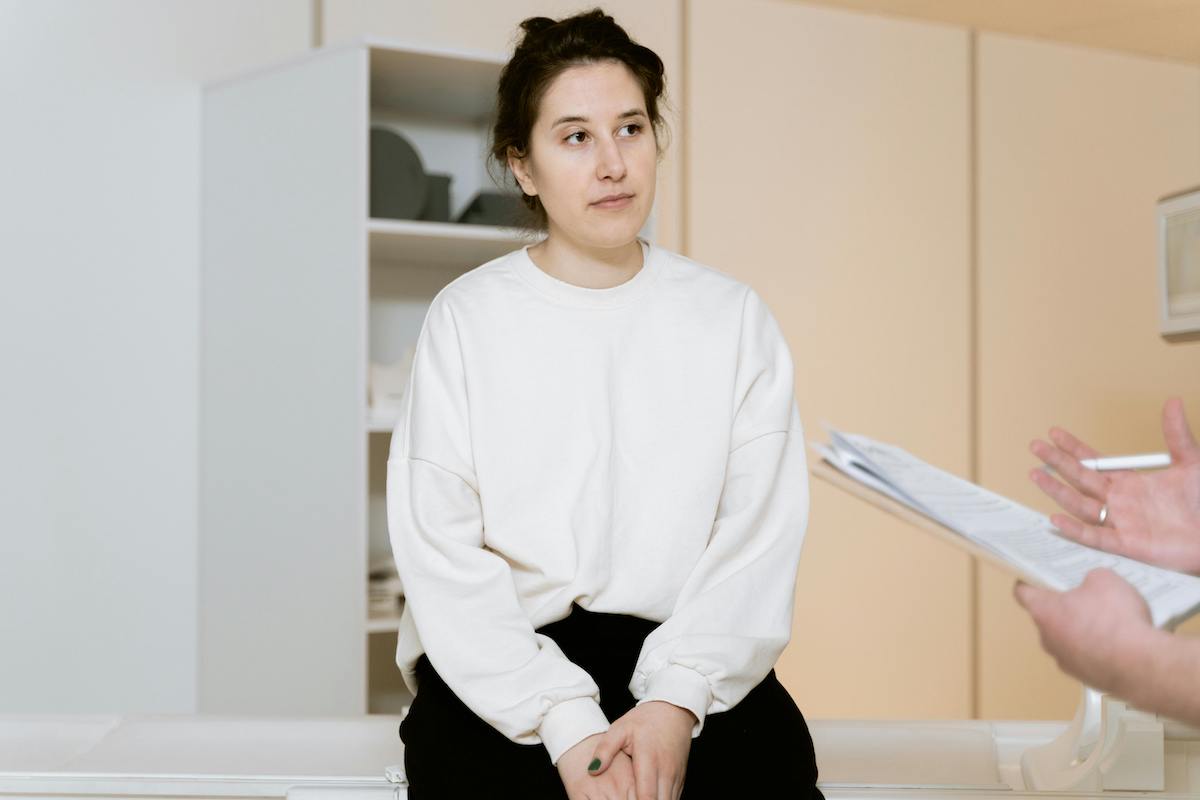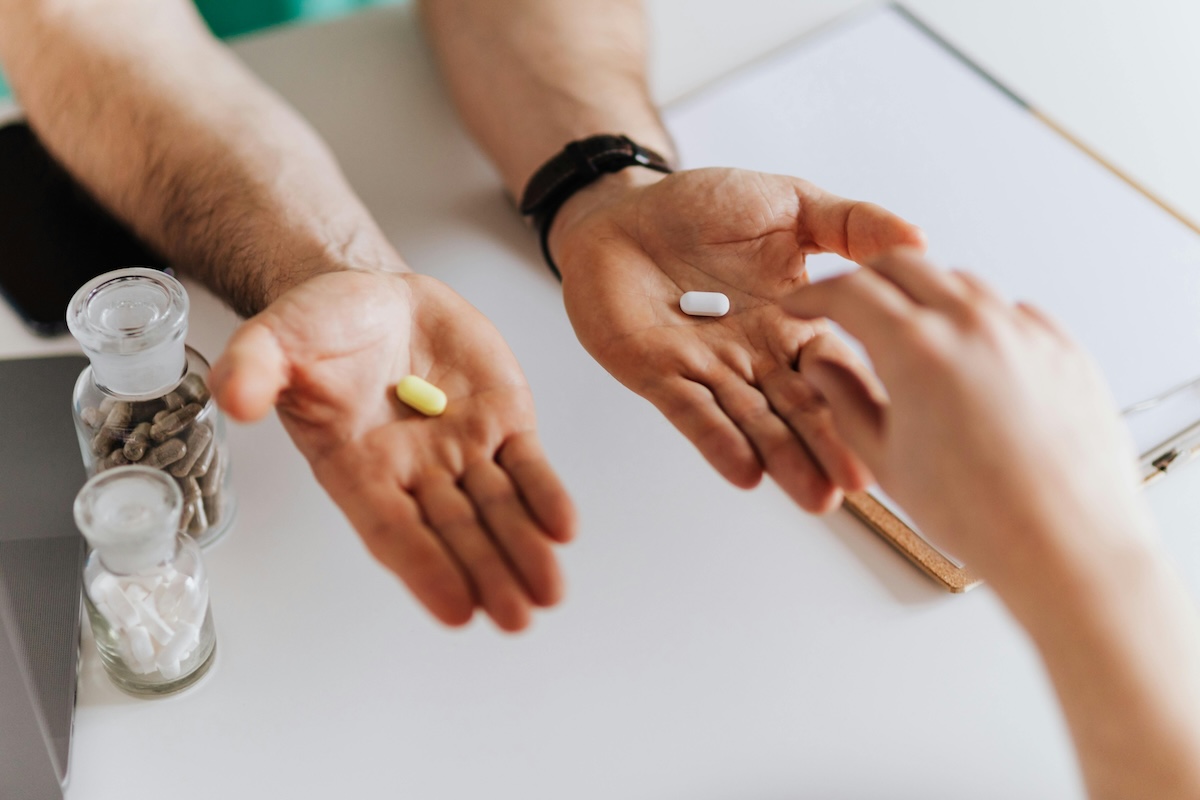This week we recognize Black Maternal Health Week, a time to draw attention to and discuss solutions to the racial disparities in pregnancy complications and maternal mortality in the United States. While this is critically important, racial differences in women’s health are not isolated to pregnancy and the postpartum period. The menopausal transition is another point in women’s lives when Black women’s experiences differ in important ways from those of women of other races.
For many years, research into the menopausal transition was based largely on retrospective studies of women who presented to doctors and clinics with symptoms. The literature was very focused on symptom management and less focused on the broader health implications of the menopause. Additionally, the data did not include women with decreased access to medical care, particularly women of color. We did not know if the results of these studies applied to women of all races.
That is why the Study of Women’s Health Across the Nation (SWAN) was created — to fully understand how the menopausal transition impacts all aspects of women’s health and how women of different races experience it. In understanding these differences, we hope to improve quality of life and long-term health for all women.
What is SWAN, and why is it important?
SWAN is a multicenter longitudinal study that enrolled more than 3,000 women between the ages of 42 and 52 in 1996 and 1997. To be eligible, women had to have a uterus and at least one ovary, have had a menstrual period and not have used hormone therapy in the previous three months, and not be pregnant. Researchers have followed these women annually for more than 25 years now.
What is unique about SWAN is that women of color were very intentionally enrolled specifically to help answer the question of how the experience of the menopausal transition and its repercussions for women’s health vary among women of different races and ethnicities. At three study centers, half of the women enrolled were Black. At two centers, half of the women enrolled were of Chinese and Japanese descent. Subsequently, data from SWAN and a number of ancillary studies have resulted in nearly 600 publications.
What does SWAN tell us about the menopausal transition in Black women?
In 2022 a review of the data regarding the Black participants in SWAN and its ancillary studies was published. The data the authors presented reflect a number of important differences in how Black women experience menopause.
Data from SWAN suggest that Black women have their last menstrual period on average 8.5 months earlier than white women do. When researchers controlled for factors like smoking, overall health, education, and employment, this difference was reduced to 3.1 months. Smoking status, education level, and employment status have all been associated with a woman’s age at her last menstrual period, likely because they reflect her overall health.
Sixty percent of women regardless of race experience vasomotor symptoms (VMS — the medical term for hot flushes and night sweats) at some point during the menopausal transition. Data from SWAN show that the Black participants experienced VMS earlier in the menopausal transition than other study participants, they have more hot flushes, and the length of time during which they have VMS is longer.
Black participants were also more likely than white participants to have depressive symptoms at baseline. And they were more likely to experience new depression during a seven-year ancillary study of mental health. But when the researchers controlled for education, health, socioeconomic strain, social support, and stressful life events, this difference disappeared.
This makes intuitive sense. Life stressors like lack of money, poor health, and the death of a relative could all trigger depressive symptoms, all of which were more common among the Black participants. But Black women were also less likely than white women to receive treatment for their symptoms, in the form of talk therapy or medication.
Black and white SWAN participants experienced similar degrees of sleep disruption, both self-reported and on objective studies of sleep quality. In an ancillary study of sleep, sleep-disordered breathing (like sleep apnea) was more frequent among the Black participants and was associated with an increased level of inflammatory markers like C-reactive protein. Poor sleep and sleep apnea are increasingly recognized as risk factors for a whole host of health problems.
Why do these differences matter?
Understanding these differences is important not only to address the symptoms that Black women experience more often to improve their quality of life, but also because many of the differences are associated with negative health outcomes after menopause. All women are at increased risk for diabetes and heart disease after menopause, but Black women are at even greater risk.
The Black SWAN participants were more likely to have diabetes and metabolic syndrome — the name we give to the combination of obesity, high fasting blood sugar, cholesterol changes, and/or high blood pressure. They were also more likely to develop diabetes and metabolic syndrome over the course of the study. Add to that, Black women are on average experiencing menopause earlier, so their risk of diabetes and heart disease rises at a younger age. This all paints a rather dire picture of Black women’s health at midlife.
How can we use this data to improve the health and well-being of future generations of Black women?
The authors of the review paper note that the women enrolled in the study were born between 1944 and 1954, when discrimination was legally sanctioned, and came of age during the civil rights era. They hypothesize that some of the differences we see between Black and white women in the data may result from the structural racism that impacted the Black SWAN participants’ access to education, jobs, and health care, all of which may still be affecting their health today.
We also know that Black women still face increased financial and social stress and decreased access to medical care in disproportionate numbers. My hope is that defining and discussing the disparities we see in the data from SWAN will lead to evidence-based changes in public policy and our medical system to close this gap.
I would call on doctors like myself, who see patients in the office day after day, to use this information in our work with the Black women who have entrusted us with their health to provide them with the best data-driven care.
Community Guidelines




















Log in